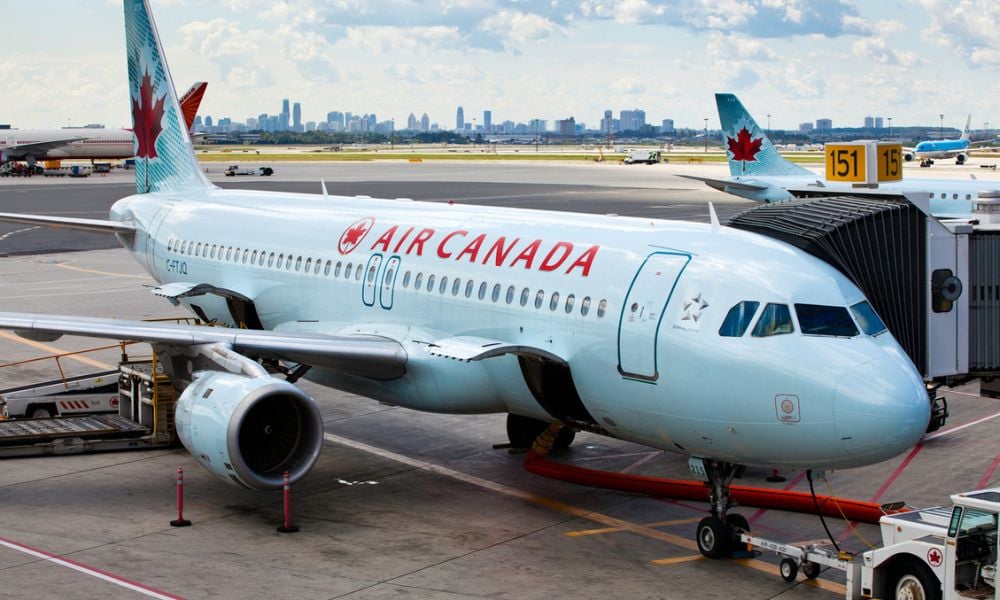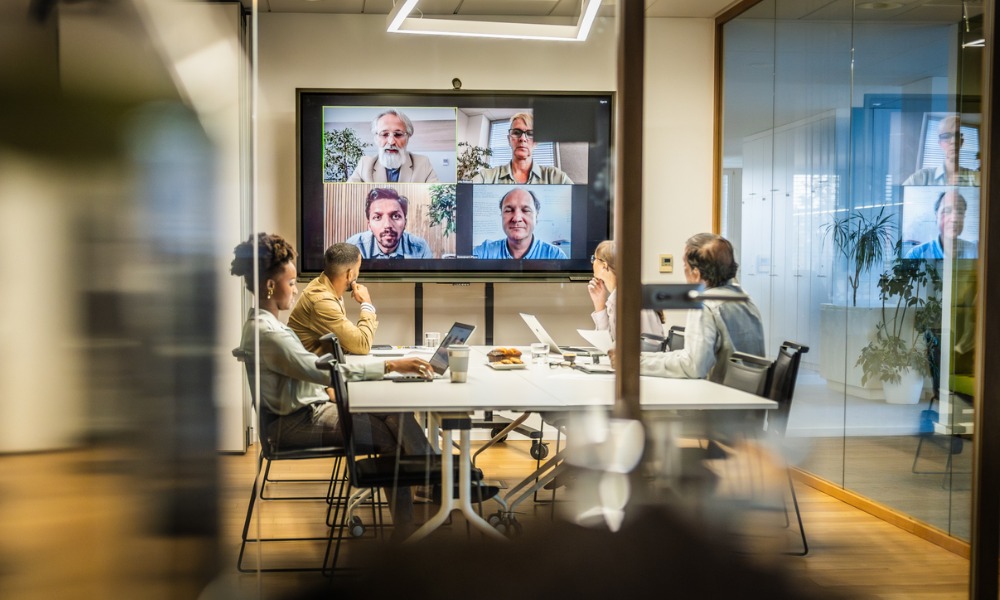'There is better recognition across the industries that culture needs to improve — and not just for women'

In her long career as a professional engineer, primarily in the energy sector in Alberta, Carol Moen had plenty of experience working in a predominantly male industry.




